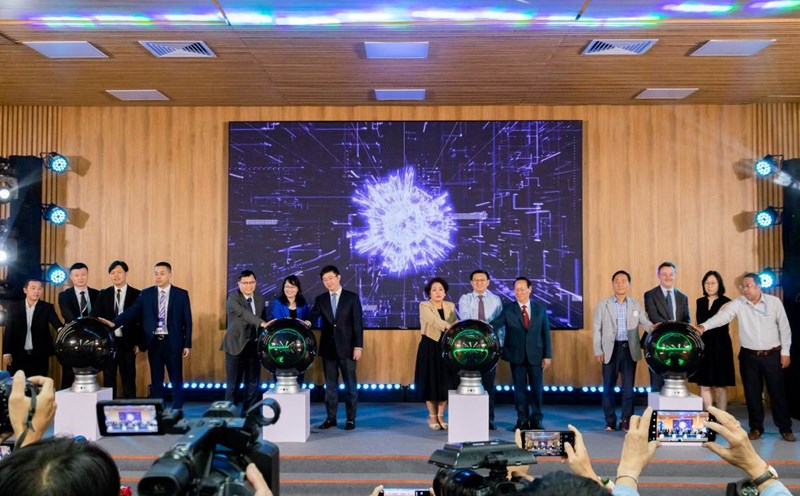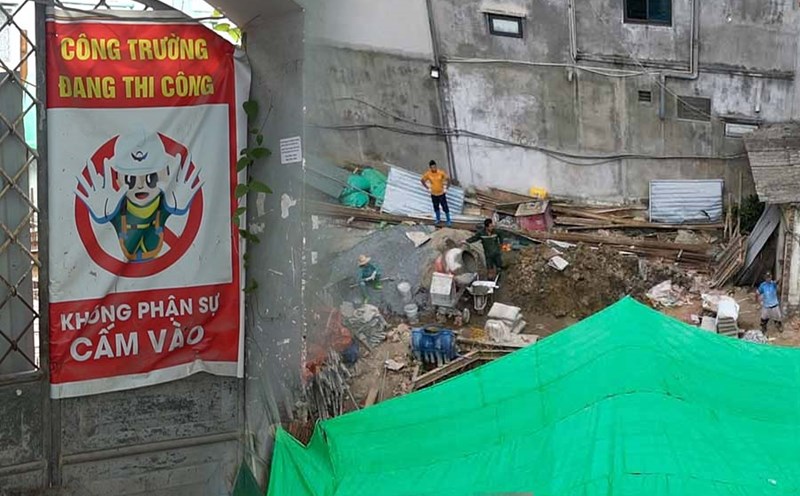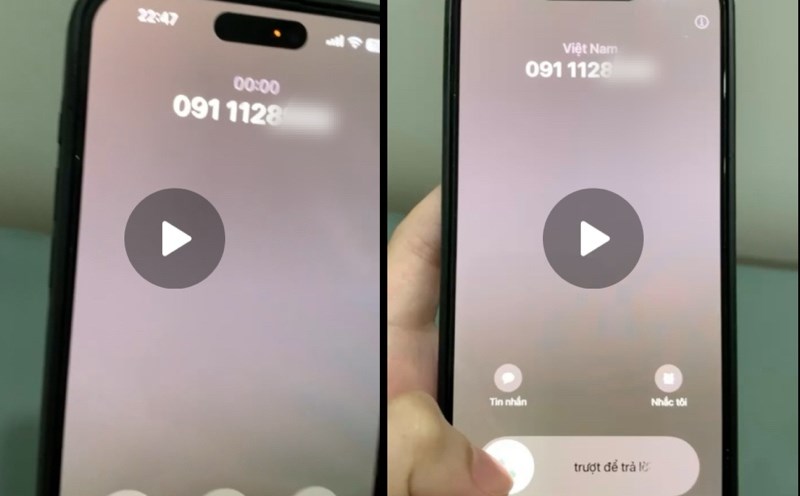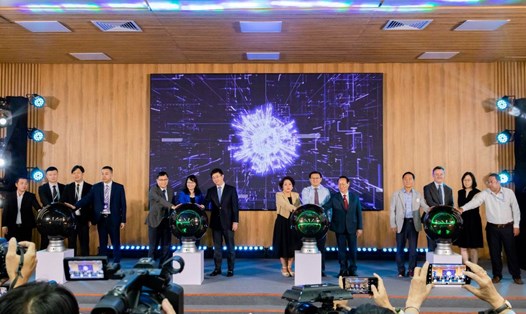At the end of a working session, Mr. Dinh Hai, a photojournalist in Hanoi, did not rush to get his car home but stood under a tree and quickly "dumped" the photos he had just taken onto his phone to send to the editorial office. . Since switching to a more modern camera with wireless connection , Mr. Hai's work has become somewhat easier than before.
"I became familiar with how to transfer photos using a wireless connection a few years ago, when I first bought this camera. Previously, after each event, I often had to find a location with network access, a seat, or run back to the court." Prepare to open the computer, plug in the cable and transfer photos. Since this wireless technology has become more popular, I have been able to transfer photos right at the scene, making work progress much faster and more convenient." , Mr. Hai shared.
Indeed, since wireless connection technology has been widely adopted in many aspects of life, many people have benefited from this development.
Technology changes the world
When it comes to wireless connection technology, people often think of wireless headphones, keyboards, mice, and today's modern technology items. However, this technology appeared and changed the world more than a century ago.
Wireless communication technology has had a long and complex history, starting with predictions of electromagnetic waves by James C. Maxwell in 1860 and experimentally demonstrated by Heinrich R. Hertz in 1960. 1888. In 1896, Guglielmo Marconi developed the first wireless technology, successfully transmitting signals over a distance of 2.4km using a spark gap transmitter. Initially, this technology was mainly used for military purposes before expanding into broadcasting in the first half of the 20th century.
By 1920, Detroit police (USA) applied mobile radios in patrol cars, contributing to improving public safety. In 1927, the first commercial radiotelephone service was operated between Britain and the United States, ushering in a new era in wireless communications. Following this, in 1950, the first terrestrial microwave telecommunications system supporting 2,400 telephone circuits was installed. This development not only enhances communication performance but also lays the foundation for push-to-talk mobile systems in major cities.
Another important milestone was in 1973, when Martin Cooper made the world's first handheld cell phone call in New York (USA). This device, although bulky and of limited use, marked a major advance in mobile phone technology. By 1980, mobile phones and other terminals were widely available, leading to rapid growth of internet infrastructure.
The 1990s saw the explosion of virtual private networks (VPNs) and wireless networking technologies like Wi-Fi. With the advent of Wi-Fi, information transmission has become faster and more convenient. Apple was the first company to offer computers with Wi-Fi connectivity, opening up the era of online shopping at home.
Along with Wi-Fi, Bluetooth has also become an important wireless connection technology, allowing data transmission between devices over short ranges. In recent years, new technologies such as radio frequency identification (RFID) and near field communications (NFC) have emerged, providing the ability to send and receive data quickly and conveniently. NFC, rapidly enabled in most new smartphones, enables wireless file transfer between devices, while RFID is used to track inventory in retail stores.
With the continuous development of wireless technology, from military applications to daily conveniences, we can see that this technology has become an indispensable part of modern life, bringing brings convenience and efficiency in many different fields.
New solutions for modern life
Walking around cafes in some big cities like Hanoi or Ho Chi Minh City, it is not difficult to see young people using laptops to work. After more than a century of development, wireless connectivity is gradually becoming a natural thing in life.
"I can work anywhere with my laptop, as long as there is a wireless network. Current technological developments allow me to create my own workspace, for example if the coffee shop is too noisy , I will wear headphones to work. Unlike in the past, wireless headphones and mice and wireless keyboards are now too popular and compact, allowing us to be proactive in our work space no matter where we are. anywhere," shared Phuong Thao, an office worker in Hanoi.
Not only work applications, even family life benefits from this technological advancement. Ms. Ly Thu Nga, a university lecturer in Hanoi, said she never imagined that one day even electric toothbrushes would have built-in wireless charging or the ability to pay with just one touch at supermarkets. , grocery store. Phones or electronics just need to be placed in the right place to automatically charge, making life in the house more and more convenient. According to her, the future where homes become smart and automatically connect with their owners will soon appear, especially when the current pace of technology development is extremely rapid.










